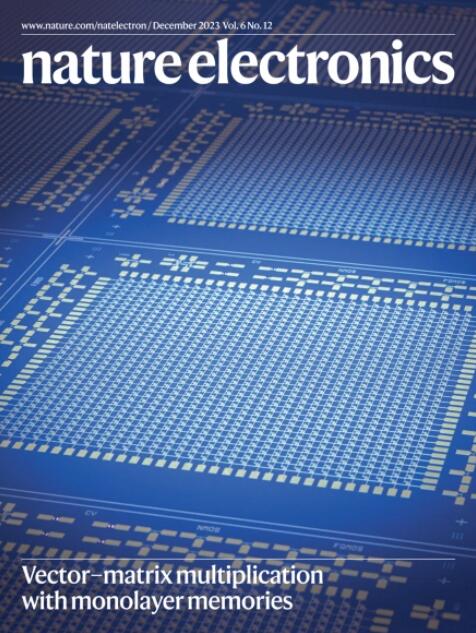Sensing systems for safe lithium-ion batteries
IF 40.9
1区 工程技术
Q1 ENGINEERING, ELECTRICAL & ELECTRONIC
引用次数: 0

安全锂离子电池传感系统
传感系统由薄膜温度和应变传感器和无线通信芯片组成。来自北京理工大学、北京科技大学、清华大学、西湖大学和中国科学院的研究人员将该系统集成到商用棱柱形和圆柱形锂离子电池中。设计了与电极和标签尺寸匹配的传感器几何形状,并将传感器信号的调制波引导穿过电池电极,以减轻电池电压信号的电磁干扰。利用来自传感系统的信号,以及与几何相关的模型,可以在早期阶段识别电池“瑞士卷”中的异常温度和应变信号,用于故障诊断和警告。在商用锂离子电池上的实验表明,传感系统对电化学性能的影响很小,1000次循环后的平均容量为93.7%,而没有该系统的电池的平均容量为94.6%。
本文章由计算机程序翻译,如有差异,请以英文原文为准。
求助全文
约1分钟内获得全文
求助全文
来源期刊

Nature Electronics
Engineering-Electrical and Electronic Engineering
CiteScore
47.50
自引率
2.30%
发文量
159
期刊介绍:
Nature Electronics is a comprehensive journal that publishes both fundamental and applied research in the field of electronics. It encompasses a wide range of topics, including the study of new phenomena and devices, the design and construction of electronic circuits, and the practical applications of electronics. In addition, the journal explores the commercial and industrial aspects of electronics research.
The primary focus of Nature Electronics is on the development of technology and its potential impact on society. The journal incorporates the contributions of scientists, engineers, and industry professionals, offering a platform for their research findings. Moreover, Nature Electronics provides insightful commentary, thorough reviews, and analysis of the key issues that shape the field, as well as the technologies that are reshaping society.
Like all journals within the prestigious Nature brand, Nature Electronics upholds the highest standards of quality. It maintains a dedicated team of professional editors and follows a fair and rigorous peer-review process. The journal also ensures impeccable copy-editing and production, enabling swift publication. Additionally, Nature Electronics prides itself on its editorial independence, ensuring unbiased and impartial reporting.
In summary, Nature Electronics is a leading journal that publishes cutting-edge research in electronics. With its multidisciplinary approach and commitment to excellence, the journal serves as a valuable resource for scientists, engineers, and industry professionals seeking to stay at the forefront of advancements in the field.
 求助内容:
求助内容: 应助结果提醒方式:
应助结果提醒方式:


